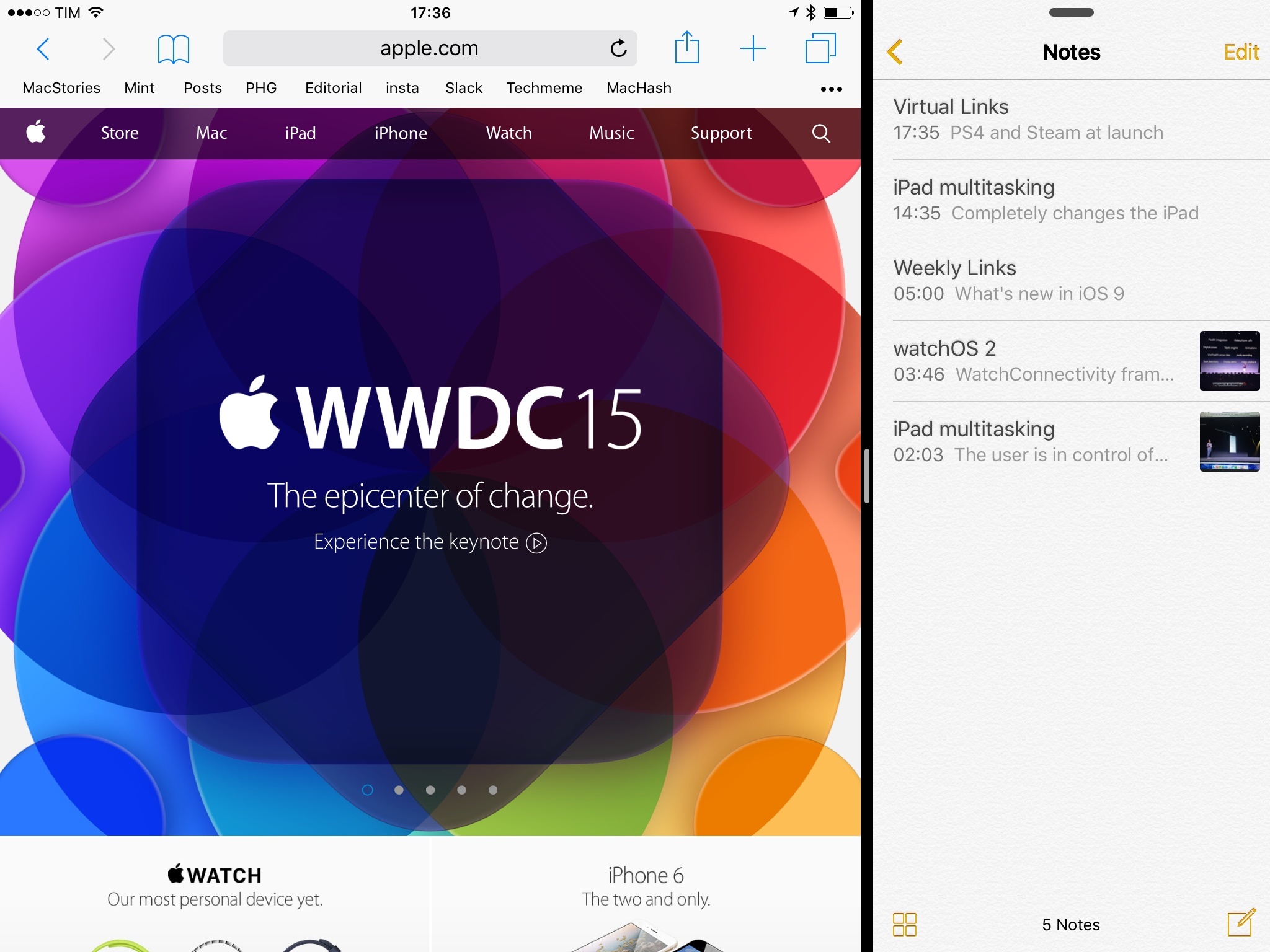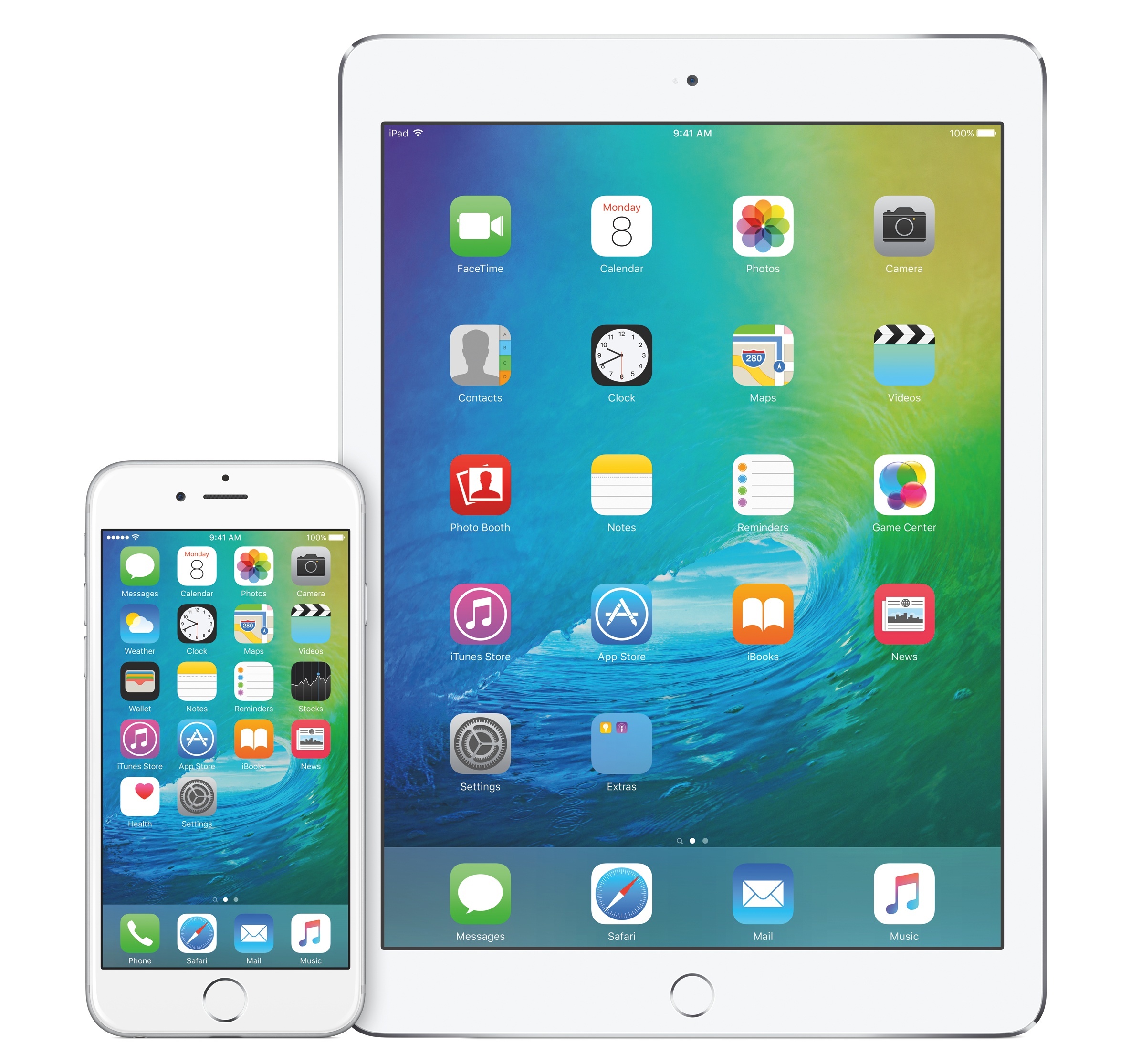iOS 9 puts a big focus on getting into apps faster and returning to where you left off quickly. As I wrote last night:
To achieve such new level of contextual interactions between Siri and apps, Apple is relying on deep linking, a feature that’s been available on other OSes or through third-party frameworks and that will be enabled by default on iOS 9. Deep linking refers to the ability to return to a specific area of an app at any given time. In Siri’s case, a deep link will let you return from Reminders to a message, but the technology will also power other areas of iOS to allow users to easily get back to where they left off in an app. For example, deep linking will be used to index content within apps for search. To make the process of moving between apps faster, Apple has built a new back button that will be displayed in the top left of the screen to return to the previous app with one tap.
Besides blurring the line between app and OS, seamless transitions between the web and apps will also be a fundamental theme of iOS 9. The implications are profound – especially for Google.
Apple is taking a dual approach with deep linking: they’re making it easy for users to navigate across apps (not to just launch them) and they’re building new technologies to expose app content locally and link webpages to apps.
Apple calls deep links to native apps Universal Links, and they work by specifying the path to sections of an app with a JSON file on a website.
In iOS 9, your app can register to open web links (using https or http) directly, bypassing Safari. This connection between your app and website helps Apple surface your app content in search results.
Universal Links fall under the bigger initiative of Search in iOS 9, which encompasses the web, Siri, local apps, and even apps that aren’t installed on a device.
App Search in iOS 9 gives users great new ways to access information inside of your app, even when it isn’t installed. When you adopt iOS 9 Search, users can access activities and content deep within your app through Handoff, Siri Reminders, and Search results.
As Apple elaborates:
For an example of how this works, imagine that your app helps users handle minor medical conditions, such as a sunburn or a sprained ankle. When you adopt iOS 9 Search, users searching their devices for “sprained ankle” can get results for your app even when they don’t have your app installed. When users tap on a result for your app, they get the opportunity to download your app.
If this sounds similar to what Google announced in April, it’s because the underlying idea is very similar.
Upon skimming through iOS 9’s documentation, my first impression is that Apple wants to further cut out Google from search on iOS not by removing traditional web searches, but by building a superior user experience. In theory, looking for content from an integrated search box and having results seamlessly transition to native apps or prompt to install new apps seems better than asking users to go to google.com. The new back button, Universal Links, and app/web indexing technologies are aimed at finding information quickly, navigating between apps easily, and connecting webpages to apps directly.
It remains to be seen if Apple’s solution will be widely adopted and if it’ll actually be better than Google search. I have many thoughts, but I’ll save them for the future.



